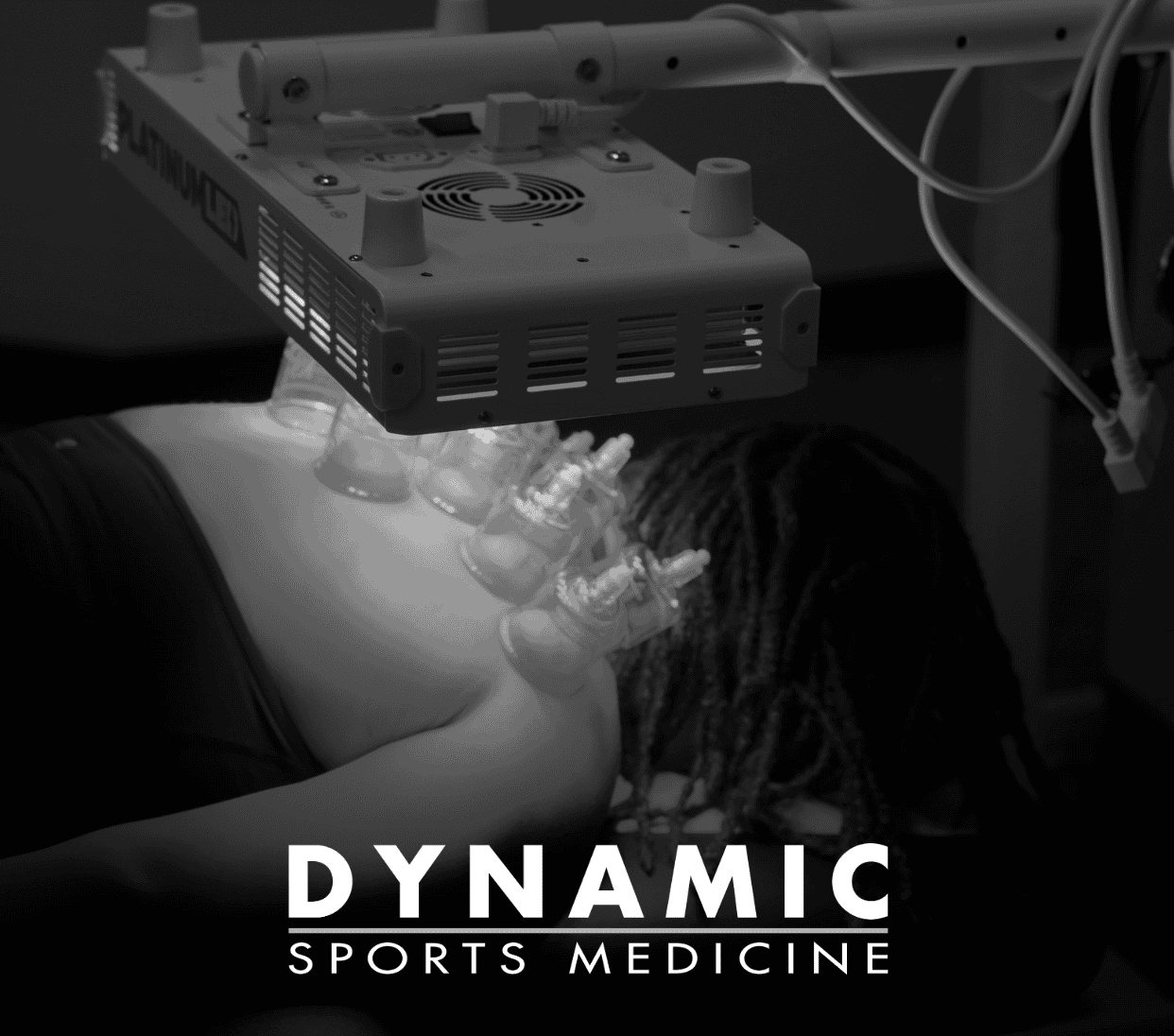Often in our effort to remain physically active, we get used to ignoring the pain resulting from previous exertions. We pound the pavement to jog when our muscles are already fatigued or hit the gym, barre or cycle studio to work through the soreness from classes earlier in the week.
And this isn’t always bad. If we didn’t exercise every time we didn’t really feel like it, we’d never make progress towards our fitness goals.
The idea is to push your body to its limit without going beyond it and to do that, you must listen to what it’s trying to tell you.
The Art of Listening to Your Body
But what does listening to your body really mean? There’s a definite difference — and often a fine line — between the pain of normal muscle soreness and that from a potential or existing sports injury.
Muscle soreness, which can be severe when first starting an exercise program, running or cycling on new terrain, or increasing the weight lifted, lessens and goes away until the limit is pushed again. A sharp or recurring pain, especially if it’s persistent and interferes with activity, should be handled with care.
Seek Early Care for Sports Injuries
Exercising through a minor sports injury can exacerbate the issue resulting in major pain and injuries down the line. In addition, pain during activity may cause you to alter the way you exercise, putting improper stress on other areas of the body and leading to compensation injuries. What starts out as a sore ankle can lead to problems in the knee, hip, or lower back; soreness down the arm can contribute to injuries in the shoulder, upper back, and neck.
Instead of treating mild pain as a mere annoyance that must be worked through, it is wiser to seek immediate medical attention from a chiropractor specializing in the treatment of sports injuries. Early intervention can prevent your strain or sprain from leading to a tear or fracture, and improve mobility and range of motion for proper and complete healing. Seeking treatment sooner rather than later likely means your injury is more easily treatable, and that you’ll be sidelined from activity for less time.
Seeking physical fitness is always a good thing, but continuing physical activity when you’re injured is not. Sharp, chronic, and/or persistent pain is a sign your body is trying to send you a message. Don’t ignore it.


